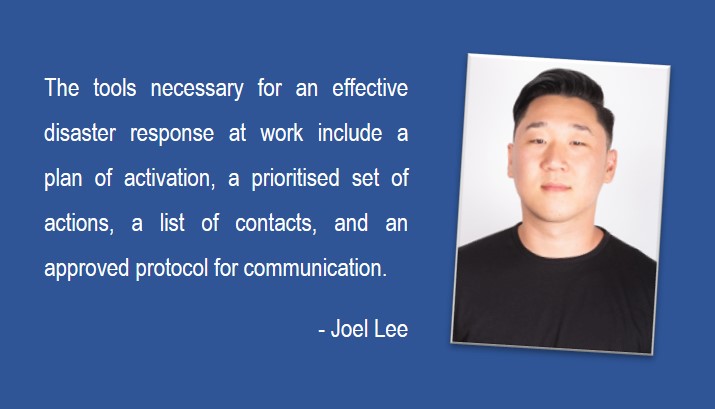Emergency preparation in the event of any crisis is going to help you manage your response in a more successful way. When you have a strong communication plan, you will know what to do in an emergency and how you are going to reach out to the individuals you need to notify. The tools necessary for an effective disaster response at work include a plan of activation, a prioritised set of actions, a list of contacts, and an approved protocol for communication. While you can’t stop a disaster from occurring, you can plan how you will respond in the event of a crisis.
Know When to Activate an Emergency Response
When you prepare to respond to an emergency, first you have to identify what requires a response. You have to define a crisis, which can mean creating a list of crisis scenarios and state how you want to respond to each crisis. What is a crisis to your company may not be a crisis to an employee who is in charge of activating an emergency response. If an emergency occurs, you will want your staff to understand what a crisis is, and what to do if the crisis escalates. Create an emergency response plan that allows your team to consider how serious the response should be by looking at a variety of parameters.
Create a Detailed Action Plan
Once a crisis has been evaluated, it’s time to follow the action plan written for the emergency. An action plan is a plan developed that is basically a checklist of steps to take in the event of a crisis. For example, if there is a fire in the facility, you’ll notify everyone through SMS marketing that there is a fire in the building. You’ll make sure fire doors are shut, that emergency services have been notified and that evacuation is occurring. Identify who is responsible for each action in the plan in the event of an emergency. When all individuals assigned to a duty on your action plan follow through with their task, your response is going to be more successful at keeping everyone safe.
Know What to Communicate with Employees
Solid communication is going to impact how successful you are at managing a crisis at work. You want communication to be precise, timely and direct. When communication is proactive, you are going to be able to take better control of the situation. Know your talking points ahead of time. Create a list of pre-approved communications to manage the crisis. Such items include first respond statements, official communications with shareholder groups and frequently asked questions.
Keep Your Contact List Up to Date
In a crisis, you need to know that your contact list is accurate and up to date. If you are sending out an SMS to your employees to shelter in place, you must be sure that the list of subscribers is up to date. If you don’t have the right mobile numbers for several staff members, they may be at serious risk during an emergency. Once you know your list of employees is current, send out a test message once a month just to make sure that you can reach everyone that you need to in the event of a real emergency.
When you are responsible for responding to an emergency at work, time is of the essence. How fast you respond will directly impact how safe your employees are during the crisis. Identify what a crisis entails and create pre-written statements for communication. Develop an action plan and assign tasks to individuals within the company. Two-way communication is also possible, and you’ll be able to check on your employees through text messaging. Keep your employees informed as to what is going on and offer emergency tips if necessary.
The views expressed here are that of the author and do not necessarily reflect that of Reputation Today.



Be the first to comment on "Essential tools for effective disaster response at work"